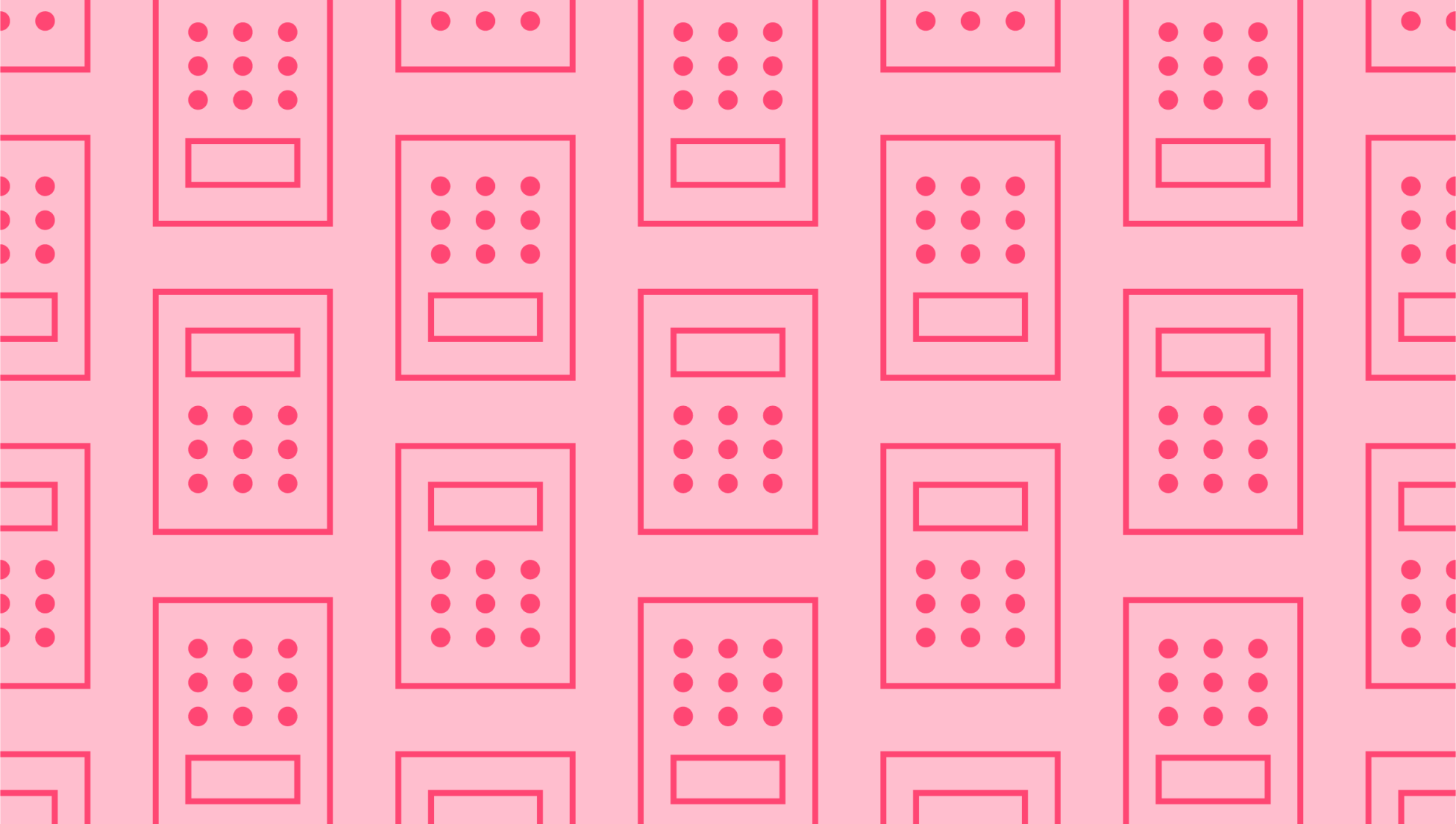
How to Request Payment for Past Due Invoices
Last editedSep 20212 min read
Past due invoices can be a nightmare for your cash flow, but late payments are a problem that all businesses, big and small, end up dealing with on a regular basis. Do you know how to follow up on a past due invoice? Learn a little more about the collections process you should follow with our helpful guide.
What is a past due invoice?
First off, let’s define our terms. Past due invoices are – very simply – payments that haven’t been made by customers by the date agreed upon in the invoice’s payment terms. While you’re reading up on past due invoices, you may also encounter terms like “overdue invoices” or “unpaid invoices.” Don’t worry – these terms are all used to describe the same thing: invoices for which payment is outstanding.
How to follow up on a past due invoice
If you’re dealing with outstanding payments from your customers or clients, you’re probably wondering how to request payment for past due invoices. Fortunately, there’s a fairly well defined series of steps you should follow to get the issue sorted out.
Firstly, pop over a quick email to check that the client received the invoice. Accidents happen, after all, and it’s important not to go in “all guns blazing” and potentially jeopardize an otherwise fruitful business relationship.
If the customer doesn’t respond to your email, or they confirm that they’ve received the invoice but you still haven’t received payment, you should send another email requesting payment. Ensure that your email is brief and professional, and be sure to mention any late fees included in your payment terms. In most cases, this should be enough to spur the customer into action. You may need to send multiple emails while you’re chasing past due invoices: one on the payment due date, one after two weeks of non-payment, one after 30 days of non-payment, and a final email after 60 days of non-payment.
If there’s still no response, try to get the client on the phone. Remain professional, but try to either secure payment over phone (by credit card/bank transfer) or get a firm commitment regarding the date and method of payment.
At this point, you may wish to consider refusing any additional work from this client until all past due invoices are paid. This can help to motivate the client to get the process started.
If you can’t contact the customer over the phone, or you have spoken with the customer but payment is still not forthcoming, it may be time to consider other collection methods. Look into debt collection agencies, or review legal options with your legal counsel. If you get to this point, remember that the relationship may be severely damaged by threats of legal action.
How to write a past due invoice letter [template]
As we mentioned in the previous section, you’ll probably need to send a few emails when you’re chasing a past due invoice. If you’re wondering how to write a past due invoice letter or email, it’s relatively simple. Here’s a template you may wish to use for invoices that are around two weeks late, but you may wish to adopt a firmer tone if the invoice is later than two weeks:
Subject Line: [Company Name]: [Invoice Number] for [Product/Service] is Past Due
Dear [Client],
Our records indicate that we haven’t received payment for [Invoice Number] in the amount of [Invoice Amount], which was due on [Due Date].
The outstanding amount is [Invoice Amount + Late Fees]. We have attached a copy of the original invoice, in case it was lost. You can make payment here: [Link to Payment Software].
Thank you,
[Name]
[Company Name]
We can help
GoCardless helps you automate payment collection, cutting down on the amount of admin your team needs to deal with when chasing invoices. Find out how GoCardless can help you with ad hoc payments or recurring payments.
